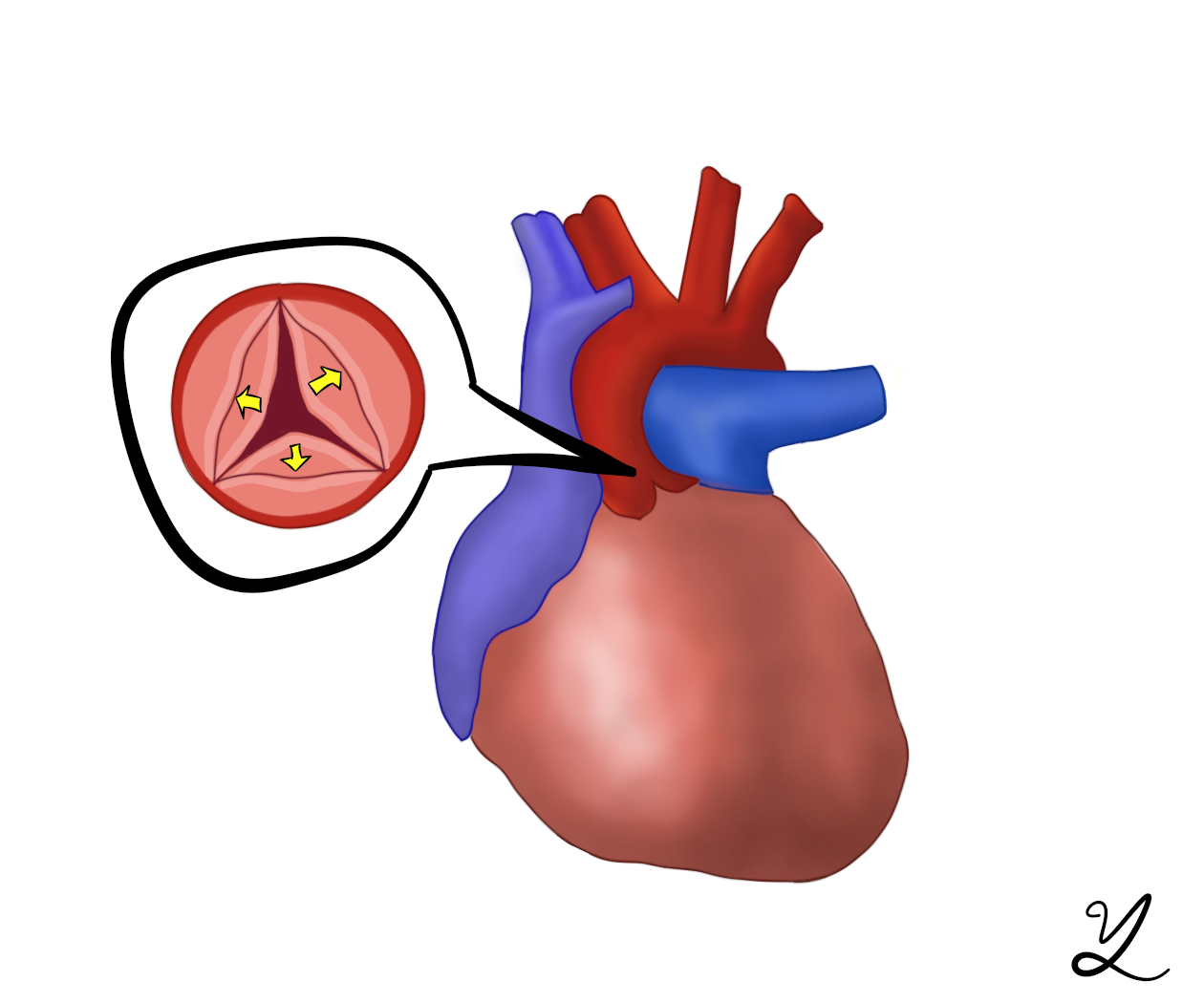
Chemistry postdoctoral associate Aaron Bloomfield GRD ’14 was studying renewable energy at a molecular level in his lab last year when his research took a surprising turn.
Bloomfield started with what he expected to be a simple task: getting two nearly identical chemical molecules to behave the same way for the purposes of storing and transporting electrons. Bloomfield was surprised when the task, which he thought would be a quick, weeklong project, ended up taking several months and resulted in a cover paper for the March 2016 issue of the New Journal of Chemistry.
In Boomfield’s team’s original research inquiry, confusion arose when one of the molecules reacted exactly how it was supposed to while the other did not. The only difference between the two molecules was the supposedly trivial difference between a hydrogen atom and a methyl group. Bloomfield and his fellow researchers soon discovered that the change was not trivial: a key chemical bond in the molecule proved much weaker than expected as a result of the added methyl group.
“A lot of the best science has happened because someone said: ‘That’s odd,’ and then tackled that,” Bloomfield said. “The universe is a huge mystery and we can carve out paths that are little research projects and weave a self-consistent theory.”
Bloomfield worked with Subhajyoti Chaudhuri GRD ’19, Research Support Specialist Brandon Mercado and chemistry professors Victor Batista and Robert Crabtree on the paper.
Bloomfield spent nine months attempting to break an ester bond in the molecule while leaving the amide bond intact. By all conventional logic, this should not have been that difficult, as an ester is normally much easier to sever than an amide, Bloomfield said. He ultimately determined that there must be a reason that his basic chemical knowledge was failing.
It turned out that what was originally considered a minor change to the composition of a molecule was a significant structural change, he added. When Bloomfield grew the crystal structure of molecules with the help of Mercado, they observed that the amide bond was bizarrely contorted in an unnatural position.
Bloomfield enlisted the aid of a more theoretical researcher, Chaudhuri. Chaudhuri used density functional theory, a quantum mechanical method used to investigate the electronic structure of molecules, to help explain the previously never-examined phenomenon. Together, the researchers determined that the unstable, twisted amide bond resulted from the structure of the electrons in the bond, which interacted differently with the molecule due to the methyl substitution.
Ultimately, the research has important implications in several areas. In the past, the field of chemistry has brushed this phenomenon aside, Chaudhuri said.
“It’s a phenomenon that’s been recognized for more than 50 years now, but there really wasn’t a good explanation as to why this happens,” Bloomfield said. “[Our paper] should help people in the future design molecules which either will or will not do this and it should also serve as a warning as to what the implications are.”
Bloomfield said that though he and his team were dealing with a more extreme case of instability, many other researchers have worked with molecules sharing the same issue, but to less-extreme detrimental effects. He added that his aim is to ensure that all of the phenomenon’s implications are properly understood. He is currently working on a follow-up paper identifying studies that did not sufficiently account for the phenomenon.
Mercado, who worked with the crystalline structure of the molecules, also highlighted the impact of this study on chemical reactions, but for different reasons. He valued the research for further validating the use of crystals and X-rays to study molecules, especially over other means of structure determination such as nuclear magnetic resonance spectroscopy.
“In this case, X-ray was critical for determining the exact configuration and molecular structure,” Mercado said. “When you have a crystal, you get a nice little picture, and those pictures you really can’t get otherwise. That’s true data.”
Mercado and Bloomfield grew crystals that Mercado was able to X-ray so that he could determine how the atoms were spaced within the molecules. He could understand how the atoms were spaced by examining the patterns that result from the X-rays’ constructive interference with the crystal.
Once the team had completed and compiled their evidence in a paper that was accepted by the New Journal of Chemistry, they began a new type of work. Chaudhuri and Bloomfield started working on artwork to compete for a chance to be featured on the cover of the journal.
Chaudhuri was the main artistic force behind this part of the project. He and Bloomfield brainstormed an image for a unique cover that would have more creativity than traditional covers, which often “leave something to be desired,” Chaudhuri said.
“One of our goals was to make this cover good enough that it could outcompete others,” Chaudhuri said. “We wanted to do it not just as some necessary process, but we also wanted to have fun.”
They chose a comic book design for their cover because they needed to depict a process as well as structure. To combine these two aspects, Chaudhuri drew representative molecules using the metaphor of two similar, but subtly different cowboys being attacked to explain their research pictorially.
Bloomfield is now working on catalysis using iridium catalysts in search of new renewable energy sources.







